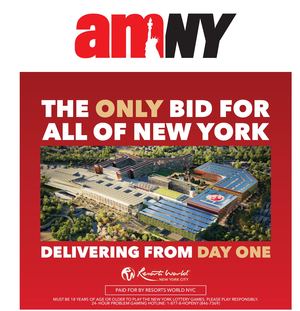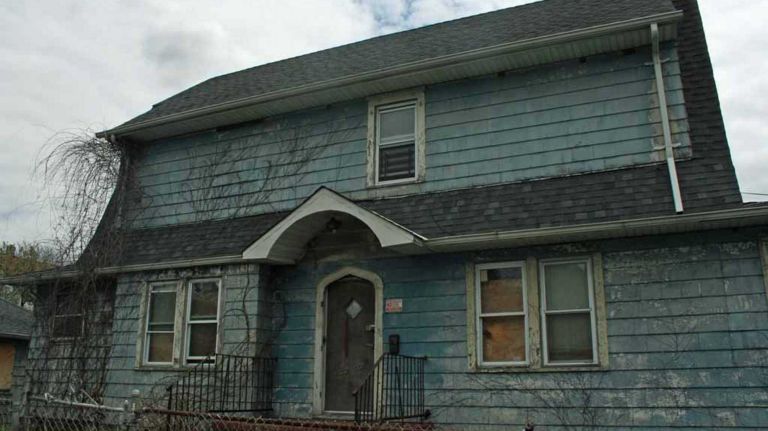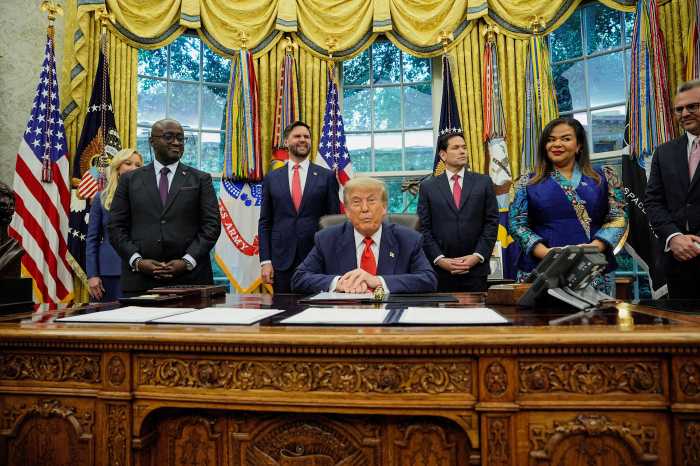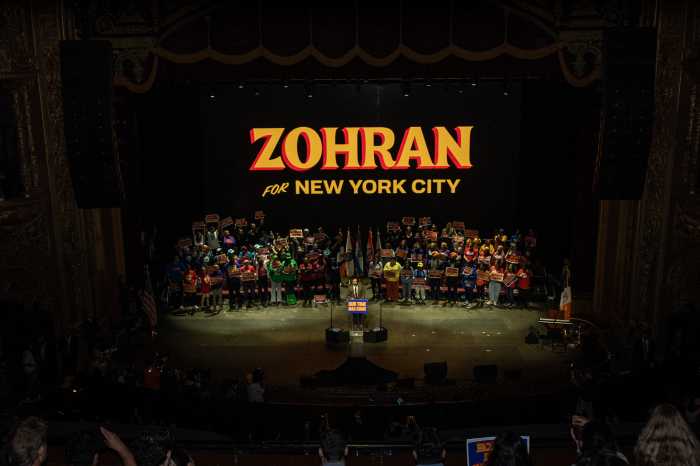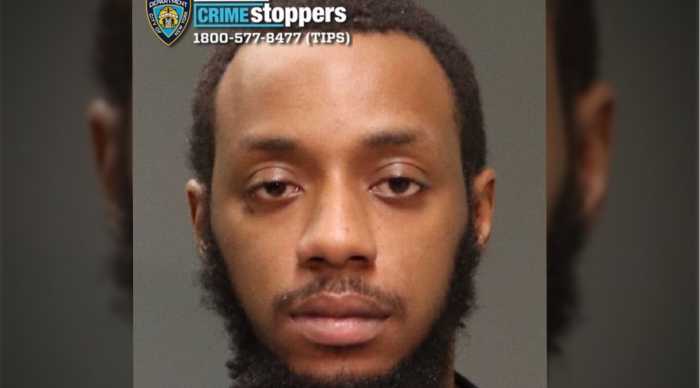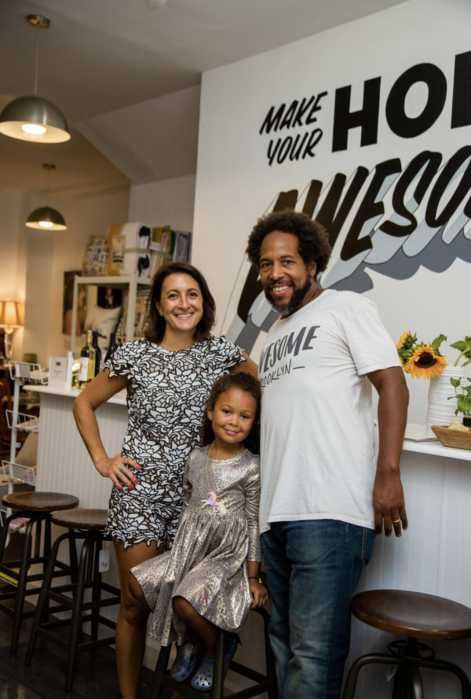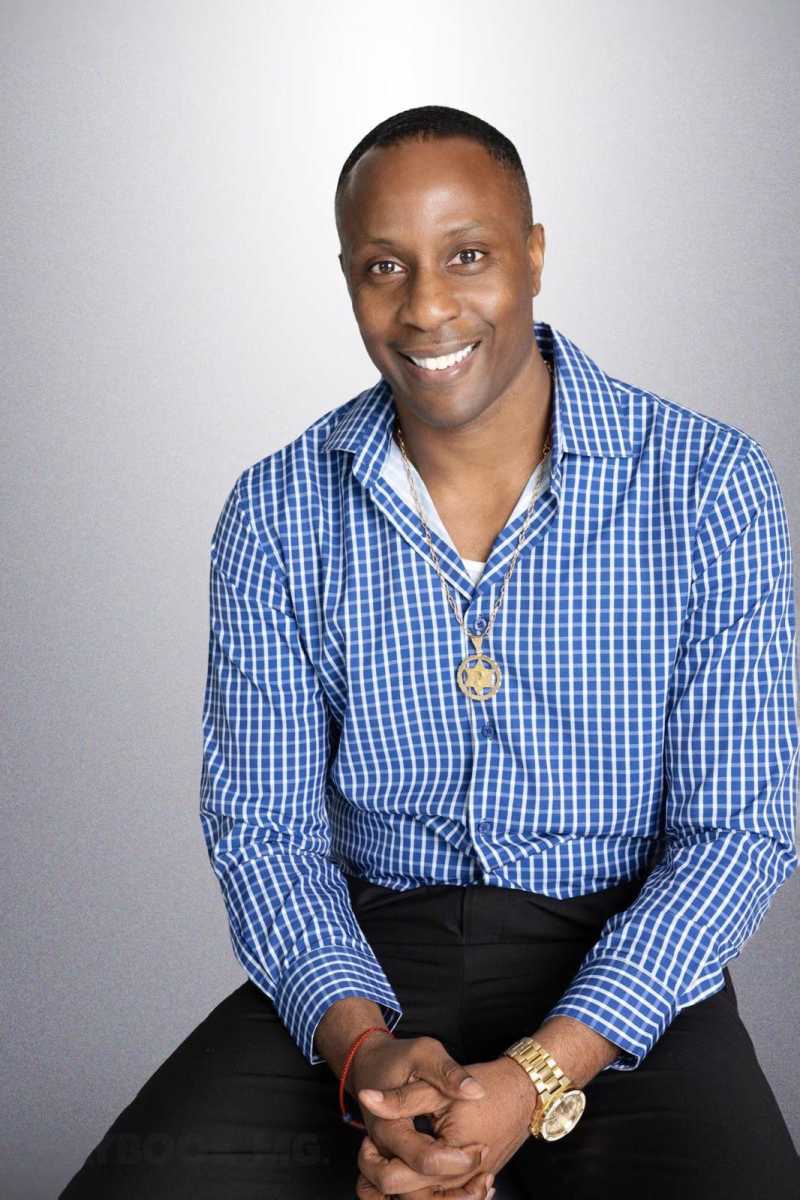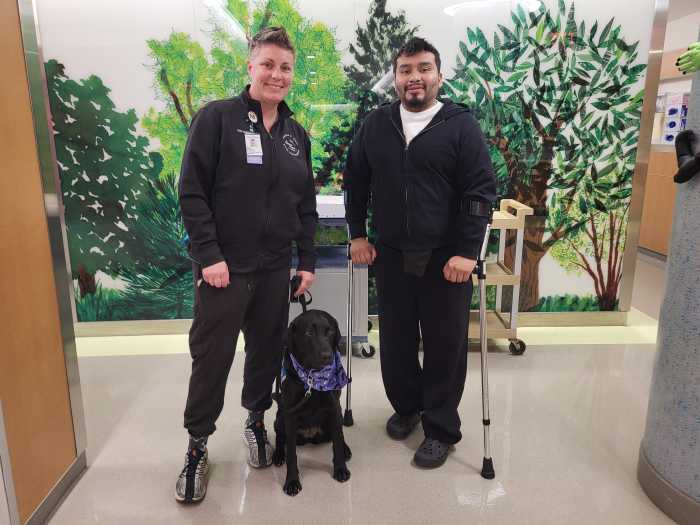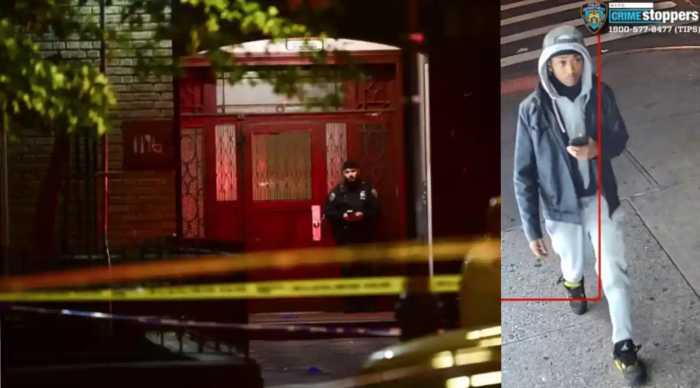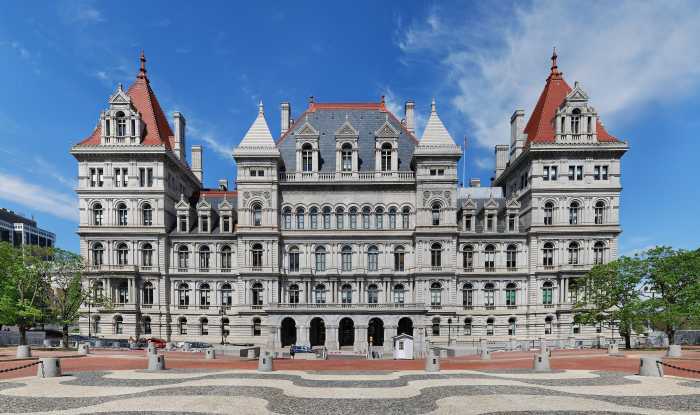
Dozens of city-owned homes intended for low-income New Yorkers have sat vacant for years, sometimes for at least a decade, with some attracting squatters while others become a blight in their neighborhoods.
But after years of neglect and failed strategies to deal with the properties, including stalled plans to sell them off, the New York City Housing Authority says it has a new approach to rehabilitate the 63 single-family homes by partnering with two groups — Habitat for Humanity New York City and Restored Homes — that have proven track records in fixing up houses.
First-time homeowners would then get an opportunity to move in.
“The whole point is to stabilize communities,” said Nicole Ferreira, senior director of real estate development at NYCHA. “We don’t want the vacant homes hanging out there.”
But she agreed the homes have been neglected for far too long. “There has been a stall over the last 10 years,” she said.
The houses, located in Queens and Brooklyn, were foreclosed properties acquired by NYCHA from the U.S. Department of Housing and Urban Development from 1969 through 1982. They are the last remaining properties from a portfolio of 730 that were largely sold off and repurposed for low-income families. Yet these lingering homes have gone years without occupants and their condition shows it.
“The age and condition of the houses has deteriorated over time, rendering the houses unsuitable for continued operation as well as creating a negative influence on their neighborhoods,” the NYCHA board stated in a resolution in July 2014.
Habitat for Humanity and Restored Homes are expected to be charged $1 for each property, with the understanding that they would find financing and lead the rehabilitation of each. Habitat for Humanity said it received 13 NYCHA homes in 2012, and that five have been renovated and are ready for families to move in; eight are under construction.
Some policymakers said finding a solution for these homes helps combat the affordable housing crisis, even if there are a relatively small group.
“With over 270,000 New Yorkers waiting for housing, we have to break the cycle of ineffectiveness and give New Yorkers in need a place to live,” said City Comptroller Scott Stringer in a statement. His office has issued a series of audits critical of NYCHA in recent weeks.
Vic Bach, a senior housing policy analyst with Community Service Society of New York City, said it makes sense for NYCHA to get rid of this single-home inventory since it doesn’t fit with their core mission of operating large public housing complexes.
“NYCHA also became the owner of owner-abandoned apartment buildings,” he said. “Those became part of the public housing inventory. They are problematic. They cause higher capital costs keeping them up.”
NYCHA said even with its new plan in place, the process of turning over the homes to families could still take months. The homes have to undergo an extensive environmental review and HUD has to approve their disposition. The homes will likely need to be gut-renovated as well, delaying any turnover to homeowners further.
But some residents are already fed up with the homes.
Residents who live next door to a home on Remington Street in Jamaica, Queens, say a squatter is living there and that roaches from the building have begun to migrate to their homes.
“That house is rotten and awful,” said one neighbor, James Barber, 80, who besides the squatter has also seen people go by and tear off the siding. “I used to chase them off, but then they started to scare me, telling me to mind my own business. I stopped messing with them.”
Barber, who is disabled, said he worries about his 78-year-old wife’s safety when he is not around. “It’s dangerous for my wife and me,” said Barber, who claims the house has been vacant 15 years. “I’ve been in the hospital a lot. And then my wife is here by herself and she can’t hear well.”
Meanwhile, over on 224th Street in Cambria Heights, Eileen Singletary said she contacts the city each month to have the grass cut at the NYCHA-owned home next door. She said the city responds to her emails often on the same day. But she’s unhappy about it being vacant.
“Sometimes I see teenagers going to the back of the house and I can’t see what they are doing,” she said. “I wish they would get someone that is willing to purchase this house. Cambria Heights is normally a beautiful neighborhood.”
NYCHA officials said they were keenly aware of the “significant impact a vacant home can have on the fabric of a community, including property values and neighborhood safety.” The agency said its Office of Security was tasked with securing the properties. Workers from large public housing developments are being tasked with caring for the properties.
NYCHA officials said they were confident they are on course to bringing these homes to low-income families.
“I think things have taken a long time,” said NYCHA spokeswoman Jackie Primeau. “And they shouldn’t. I think we’re coming in with a game plan with these homes.”
With Ryan Kushner and Carla Sinclair
